Home>Gardening & Outdoor>Landscaping Ideas>How To Make Grass More Green


Landscaping Ideas
How To Make Grass More Green
Modified: March 29, 2024
Discover effective landscaping ideas to make your grass greener and lusher. Learn expert tips for achieving a vibrant and healthy lawn. Explore our guide now!
(Many of the links in this article redirect to a specific reviewed product. Your purchase of these products through affiliate links helps to generate commission for Storables.com, at no extra cost. Learn more)
Introduction
Creating a lush, vibrant green lawn is the dream of many homeowners. A beautifully manicured lawn not only enhances the aesthetic appeal of your property but also provides a welcoming outdoor space for relaxation and recreation. Achieving that enviable shade of green for your grass requires a combination of proper care, maintenance, and understanding of your lawn's specific needs.
In this comprehensive guide, we will explore various strategies to make your grass greener and healthier. From understanding the intricacies of your soil to implementing effective watering and fertilizing techniques, we will delve into the essential steps that can transform your lawn into a verdant oasis. Additionally, we will address common lawn issues and provide practical tips for maintaining a vibrant green lawn throughout the seasons.
Whether you're a seasoned lawn care enthusiast or a novice homeowner looking to elevate your landscaping game, this guide will equip you with the knowledge and tools necessary to achieve the lushest green grass on the block. So, roll up your sleeves and get ready to embark on a journey to transform your lawn into a stunning carpet of emerald greenery.
Key Takeaways:
- Understanding your soil and choosing the right grass are crucial for a lush green lawn. Tailoring watering, fertilizing, and maintenance to your lawn’s needs is key to vibrant, healthy grass.
- Proper watering, fertilizing, and maintenance, along with proactive pest and disease management, are essential for maintaining a vibrant, resilient, and visually stunning green lawn.
Read more: How To Make The Grass Green
Understanding Your Soil
Before diving into the specifics of lawn care, it’s crucial to understand the foundation of your grass’s health: the soil. Different types of soil have varying drainage capabilities, nutrient levels, and pH balances, all of which directly impact the health and vibrancy of your lawn. Conducting a soil test can provide valuable insights into these factors, guiding you in making informed decisions about the care and maintenance of your grass.
Soil composition plays a pivotal role in determining the type of grass that will thrive in your lawn. For instance, sandy soils drain quickly but struggle to retain nutrients, making them suitable for drought-tolerant grasses. On the other hand, clay soils retain moisture but may become waterlogged, requiring grass varieties with good drainage tolerance. Loamy soils, with their balanced mix of sand, silt, and clay, offer an ideal environment for a wide range of grass species.
Understanding the pH level of your soil is equally essential, as it directly influences nutrient availability. Most grass types prefer a slightly acidic to neutral pH range. Amending the soil with lime to raise the pH or elemental sulfur to lower it can create a more hospitable environment for your chosen grass variety.
Furthermore, assessing the soil’s drainage capacity is crucial in preventing waterlogging, which can lead to root suffocation and disease. Aerating compacted soil can improve its ability to absorb water and nutrients, promoting healthier grass growth.
By familiarizing yourself with your soil’s composition, pH, and drainage characteristics, you can tailor your lawn care practices to suit its specific needs. This foundational knowledge forms the cornerstone of a thriving, green lawn, setting the stage for successful grass cultivation and maintenance.
Choosing the Right Grass
When it comes to achieving a lush, vibrant lawn, selecting the right type of grass is a critical decision that significantly influences the overall appearance and resilience of your turf. Various factors, including climate, soil type, and sun exposure, should inform your choice of grass species. Understanding the unique characteristics of different grass varieties empowers you to make an informed selection that aligns with your lawn’s specific requirements.
For regions with warm climates, warm-season grasses such as Bermuda grass, Zoysia grass, and St. Augustine grass thrive in the intense heat and exhibit excellent drought tolerance. Conversely, cool-season grasses like Kentucky bluegrass, fescue, and ryegrass are better suited to cooler climates and display resilience in the face of frost and cold temperatures.
Consider the amount of sunlight your lawn receives when choosing grass species, as this directly impacts their growth and vitality. Shade-tolerant grasses, such as fine fescue and certain varieties of ryegrass, are ideal for lawns with limited sun exposure, ensuring that your grass maintains its lush green hue even in shaded areas.
Furthermore, the level of foot traffic your lawn experiences should guide your choice of grass. For high-traffic areas, durable and resilient grass types like Bermuda grass and Zoysia grass are excellent options, as they can withstand frequent use without sacrificing their visual appeal.
It’s important to consider the maintenance requirements of different grass varieties as well. Some species may demand more frequent mowing, watering, or fertilization, while others exhibit lower maintenance needs, making them well-suited for homeowners seeking a balance between a vibrant lawn and manageable upkeep.
By carefully assessing your local climate, soil conditions, sun exposure, and maintenance preferences, you can select a grass variety that aligns with your lawn care goals, ultimately contributing to the lushness and vibrancy of your green space. Choosing the right grass sets the stage for a thriving, visually stunning lawn that enhances the beauty of your outdoor environment.
Proper Watering Techniques
Watering is a fundamental aspect of maintaining a lush, green lawn, and employing proper techniques is essential to ensure optimal grass health and vitality. Overwatering can lead to shallow root systems and increased susceptibility to diseases, while underwatering can result in wilting and browning of the grass. By implementing effective watering practices, you can promote deep root growth and vibrant greenery throughout your lawn.
One of the key principles of proper watering is to prioritize deep, infrequent watering over frequent, shallow watering. Deep watering encourages the development of robust root systems, enabling the grass to access moisture from deeper soil layers, which is particularly beneficial during dry spells. Aim to water your lawn to a depth of 6 to 8 inches, ensuring that the moisture penetrates the soil sufficiently to reach the root zone.
It’s important to schedule watering sessions based on the specific needs of your grass and the prevailing weather conditions. During hot, dry periods, increasing the frequency of watering may be necessary to prevent the grass from drying out. Conversely, in cooler or wetter weather, adjusting the watering schedule to avoid excess moisture can help prevent issues such as fungal diseases and root rot.
Utilizing a soaker hose or an irrigation system with adjustable settings can facilitate efficient and uniform water distribution across your lawn. This helps prevent water wastage and ensures that all areas of the grass receive adequate moisture, promoting consistent growth and coloration.
Another effective technique is to water your lawn during the early morning hours, ideally between 4 am and 10 am. This timing allows the grass to absorb the moisture before the heat of the day sets in, reducing the likelihood of water evaporation and maximizing the benefits of watering. Avoiding evening watering can mitigate the risk of prolonged moisture on the grass, which can contribute to fungal issues in some regions.
By adhering to these proper watering practices, you can foster healthy root development, vibrant green growth, and overall resilience in your lawn. Thoughtful and strategic watering techniques play a pivotal role in maintaining the lushness and vibrancy of your grass, contributing to an inviting and visually appealing outdoor space.
To make grass more green, ensure it gets enough water and sunlight. Use a nitrogen-rich fertilizer and mow at the right height to promote healthy growth.
Fertilizing Your Lawn
Fertilizing your lawn is a key component of nurturing lush, green grass that exudes vibrancy and health. A well-executed fertilization regimen provides essential nutrients that bolster the growth and resilience of your turf, contributing to its overall lushness and visual appeal. Understanding the fundamentals of lawn fertilization, including the types of fertilizers, application timing, and proper techniques, empowers you to optimize the nutrient uptake of your grass and achieve a verdant, thriving lawn.
Before embarking on a fertilization program, conducting a soil test can offer valuable insights into the specific nutrient requirements of your lawn. This information guides the selection of the most suitable fertilizer formulation, ensuring that your grass receives the precise blend of nutrients it needs for robust growth and vibrant coloration.
When choosing a fertilizer, consider the nitrogen-phosphorus-potassium (N-P-K) ratio, which indicates the nutrient composition of the product. For promoting lush greenery, opt for a fertilizer with a higher nitrogen content, as this nutrient supports leaf and stem development, contributing to the vibrant color and density of the grass.
Applying fertilizer at the right time is crucial for maximizing its benefits. In general, a spring application of fertilizer supports the grass’s growth and green-up after the dormancy of winter, while a fall application contributes to root development and prepares the grass for the following spring. Additionally, incorporating a slow-release fertilizer can provide a steady supply of nutrients to the grass over an extended period, promoting sustained growth and coloration.
Proper application techniques play a pivotal role in ensuring the even distribution of fertilizer across your lawn. Using a broadcast spreader or a rotary spreader facilitates uniform coverage, preventing the risk of over-fertilizing or creating uneven patches of lushness. It’s essential to follow the manufacturer’s guidelines regarding application rates and techniques to achieve optimal results without causing harm to the grass or the environment.
Implementing a well-structured fertilization schedule, tailored to the specific needs of your grass and guided by seasonal variations, can significantly enhance the lushness and vibrancy of your lawn. By providing the necessary nutrients in a strategic and targeted manner, you can cultivate a green, resilient turf that elevates the beauty of your outdoor space, creating a welcoming and visually captivating environment.
Read more: How To Make Grass Dark Green
Lawn Maintenance Tips
Maintaining a lush, vibrant lawn requires consistent care and attention to ensure that your grass remains healthy and visually appealing throughout the year. Implementing effective lawn maintenance practices not only enhances the greenery of your turf but also contributes to its resilience and longevity. By incorporating the following tips into your lawn care routine, you can foster a verdant, well-groomed lawn that serves as a picturesque backdrop for your outdoor activities and gatherings.
- Regular Mowing: Keeping your grass at an optimal height through regular mowing promotes healthy growth and a neat, manicured appearance. Adjust the mower height based on the specific grass variety, ensuring that you trim no more than one-third of the grass blade’s length in a single mowing session.
- Core Aeration: Aerating your lawn alleviates soil compaction, enhances water and nutrient absorption, and promotes robust root development. Conducting core aeration annually, particularly in high-traffic areas, can significantly improve the overall health and lushness of your grass.
- Weed Control: Implementing a proactive approach to weed management, including regular weeding and the application of targeted herbicides, helps prevent invasive weeds from detracting from the vibrancy of your lawn.
- Overseeding: Introducing new grass seed to your lawn through overseeding can fill in bare patches, enhance the density of the grass, and rejuvenate the overall lushness of your turf.
- Proper Irrigation: Consistent and strategic watering practices, including deep, infrequent watering and early morning sessions, support the health and vibrancy of your grass while minimizing water wastage.
- Seasonal Care: Tailoring your lawn care practices to seasonal variations, such as adjusting mowing heights, fertilization schedules, and pest control measures, ensures that your grass receives targeted care throughout the year.
By integrating these maintenance tips into your lawn care regimen, you can cultivate a verdant, thriving lawn that captivates with its lush greenery and impeccable grooming. Consistent attention to mowing, aeration, weed control, overseeding, irrigation, and seasonal adjustments forms the cornerstone of a well-maintained and visually stunning lawn, elevating the allure of your outdoor living space.
Dealing with Common Lawn Issues
Maintaining a lush, green lawn often involves addressing various common issues that can detract from the vibrancy and health of your grass. By recognizing and effectively managing these challenges, you can safeguard the lushness and visual appeal of your turf, ensuring that it remains a verdant oasis that enhances the beauty of your outdoor environment. From pest infestations to disease outbreaks and environmental stressors, proactive measures can mitigate these issues and promote a thriving, resilient lawn.
Pest Control: Insect pests such as grubs, chinch bugs, and armyworms can wreak havoc on your lawn, causing brown patches and visible damage to the grass. Implementing targeted pest control measures, including the use of insecticidal treatments and biological control methods, can help manage pest infestations and protect the lushness of your turf.
Disease Management: Fungal diseases, such as brown patch and dollar spot, as well as bacterial and viral infections, can compromise the health and visual appeal of your grass. Practicing good sanitation, improving air circulation, and applying fungicidal treatments when necessary can help prevent and address common lawn diseases, preserving the vibrant greenery of your turf.
Environmental Stress Mitigation: Environmental factors, including excessive heat, drought, and soil compaction, can exert stress on your grass, leading to discoloration and diminished vitality. Implementing proper watering techniques, conducting core aeration, and selecting drought-tolerant grass varieties can mitigate the impact of environmental stressors, promoting the lushness and resilience of your lawn.
Weed Management: Invasive weeds can disrupt the uniformity and vibrancy of your lawn, competing with the grass for resources and space. Employing targeted weed control methods, such as manual removal, herbicidal treatments, and preventive measures, can effectively manage weed infestations and preserve the lush green appearance of your turf.
By proactively addressing these common lawn issues through vigilant pest and disease management, stress mitigation, and weed control, you can uphold the lushness and visual allure of your lawn. These strategic measures contribute to the resilience and vibrancy of your grass, ensuring that it remains a captivating focal point of your outdoor landscape, inviting relaxation and enjoyment in a visually stunning environment.
Conclusion
Cultivating a lush, vibrant lawn that boasts a rich, emerald green hue is a rewarding endeavor that enhances the beauty and charm of your outdoor space. By understanding the intricacies of your soil, selecting the right grass variety, and implementing effective care and maintenance practices, you can achieve a verdant oasis that captivates with its lushness and visual allure.
From the foundational knowledge of soil composition and pH balance to the strategic selection of grass species tailored to your climate and maintenance preferences, every aspect of lawn care plays a pivotal role in nurturing a thriving, green turf. Prioritizing proper watering techniques, timely fertilization, and consistent maintenance practices ensures that your grass remains healthy, resilient, and visually stunning throughout the seasons.
Dealing with common lawn issues, such as pest infestations, disease outbreaks, and environmental stressors, requires proactive measures and vigilant management to safeguard the lushness and vibrancy of your turf. By addressing these challenges with targeted solutions, you can preserve the captivating allure of your lawn, creating an inviting outdoor haven for relaxation and recreation.
As you embark on your journey to make your grass more green, remember that the beauty of a vibrant lawn extends beyond its visual appeal. A lush, thriving turf provides a welcoming backdrop for outdoor activities, a space for cherished memories, and a touch of natural splendor that enriches your daily life.
So, roll up your sleeves, infuse your lawn care routine with passion and dedication, and watch as your outdoor oasis transforms into a picturesque canvas of greenery. With the right knowledge, care, and attention, you can cultivate a stunning, lush lawn that stands as a testament to your commitment to natural beauty and the art of landscaping.
Embrace the journey, revel in the process, and savor the rewards of a green, vibrant lawn that beckons with its timeless allure and captivating charm.
Frequently Asked Questions about How To Make Grass More Green
Was this page helpful?
At Storables.com, we guarantee accurate and reliable information. Our content, validated by Expert Board Contributors, is crafted following stringent Editorial Policies. We're committed to providing you with well-researched, expert-backed insights for all your informational needs.
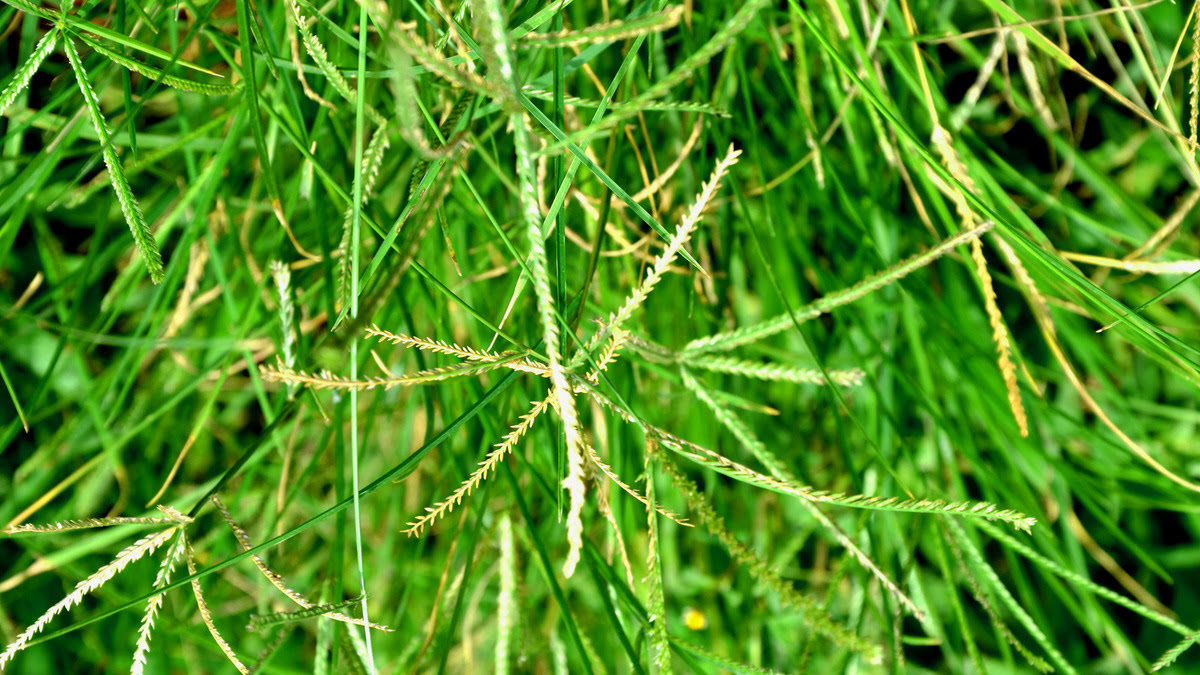

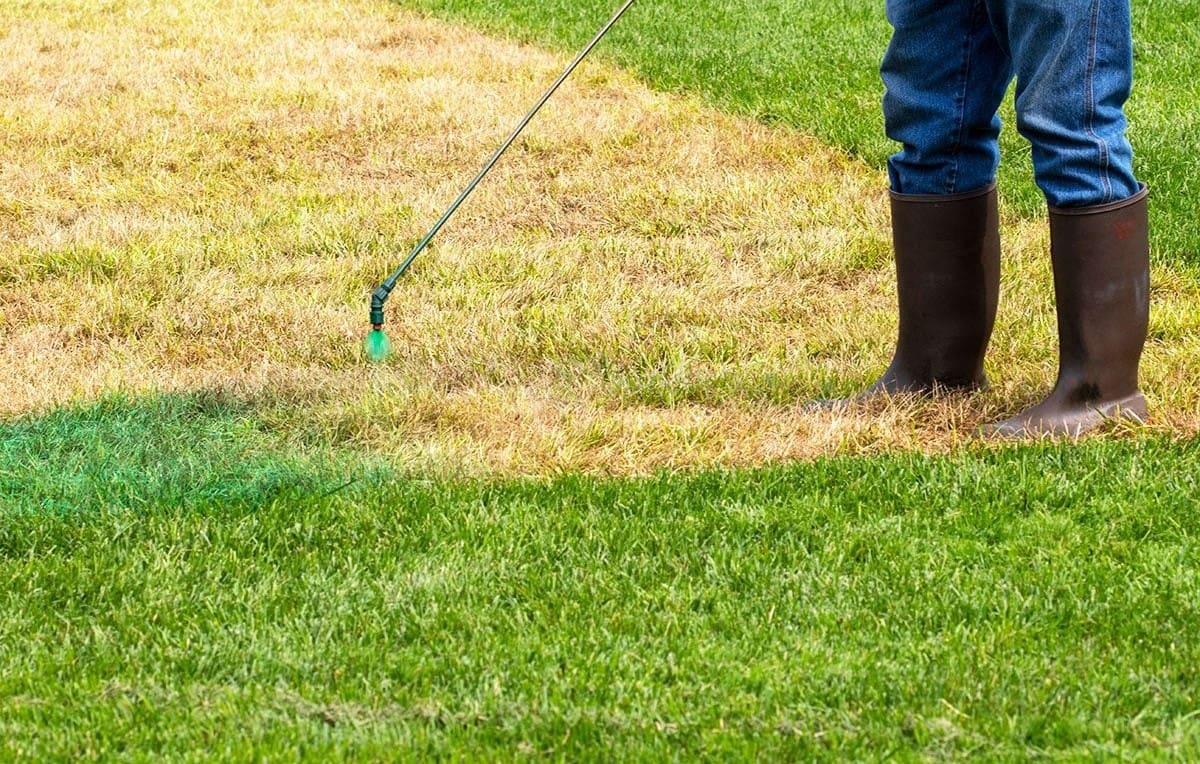


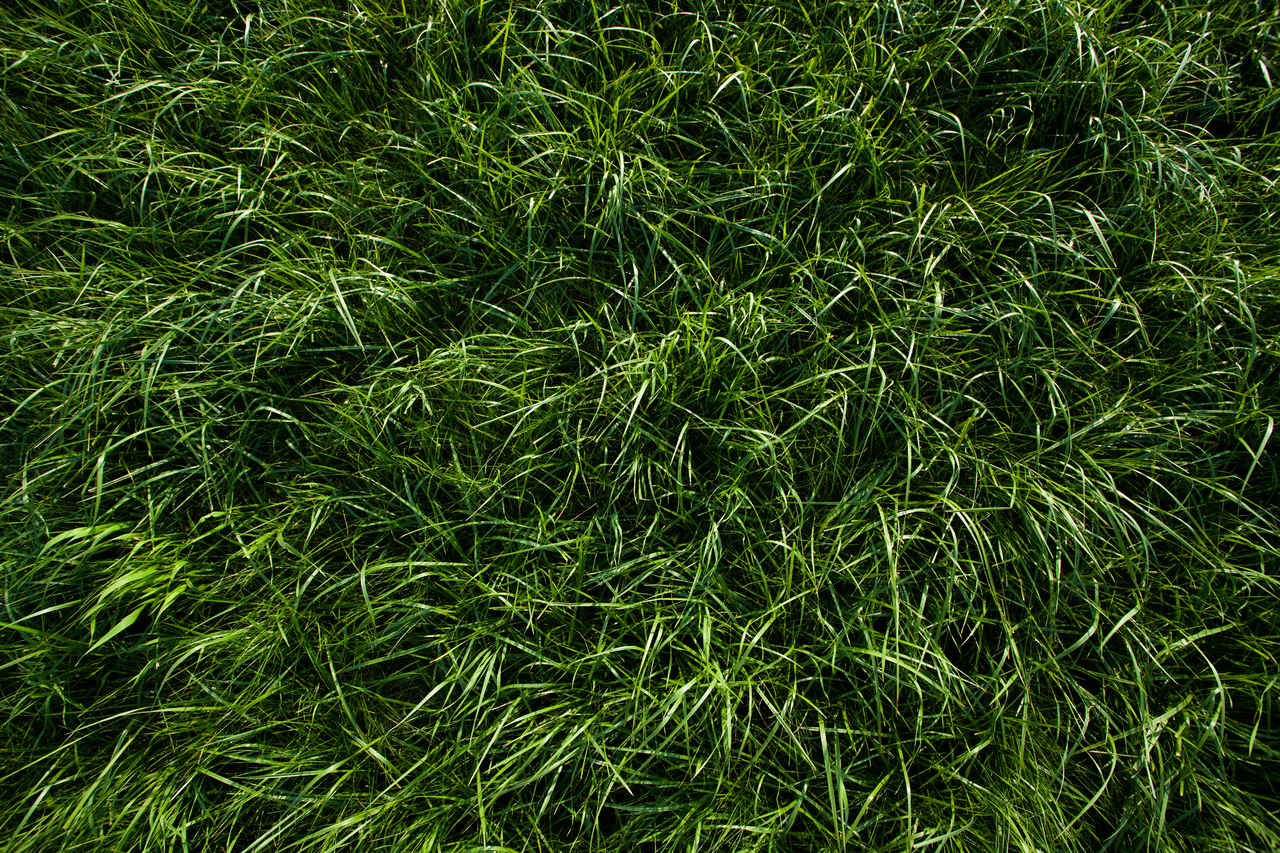
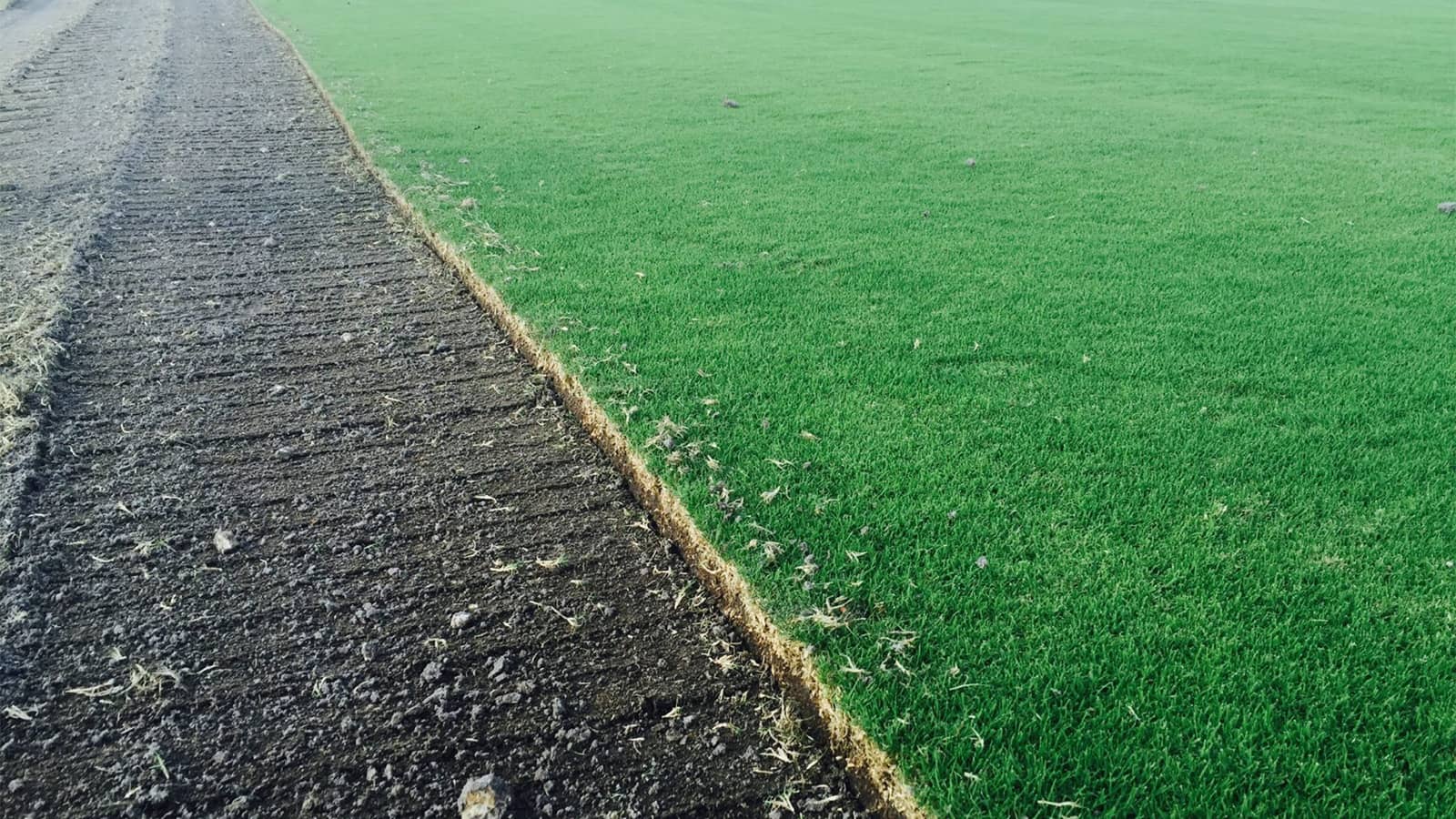


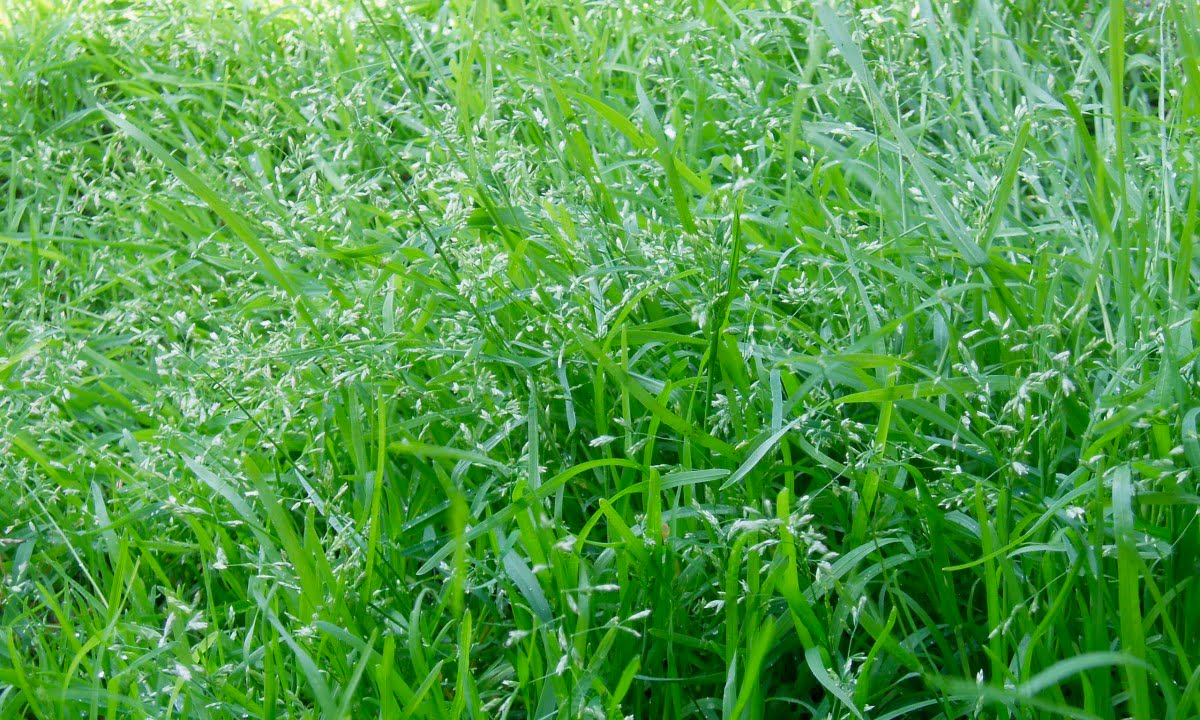
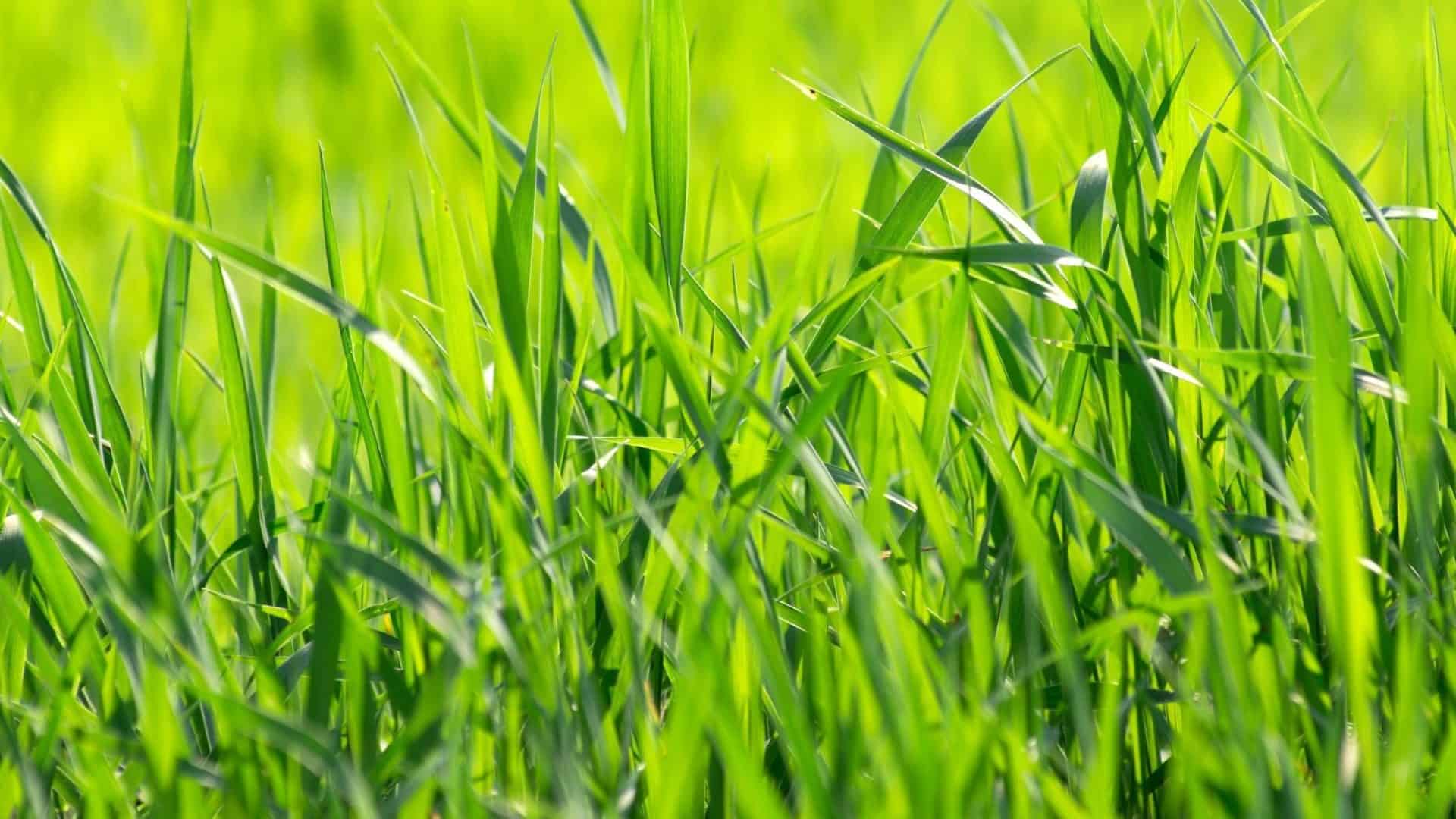




0 thoughts on “How To Make Grass More Green”